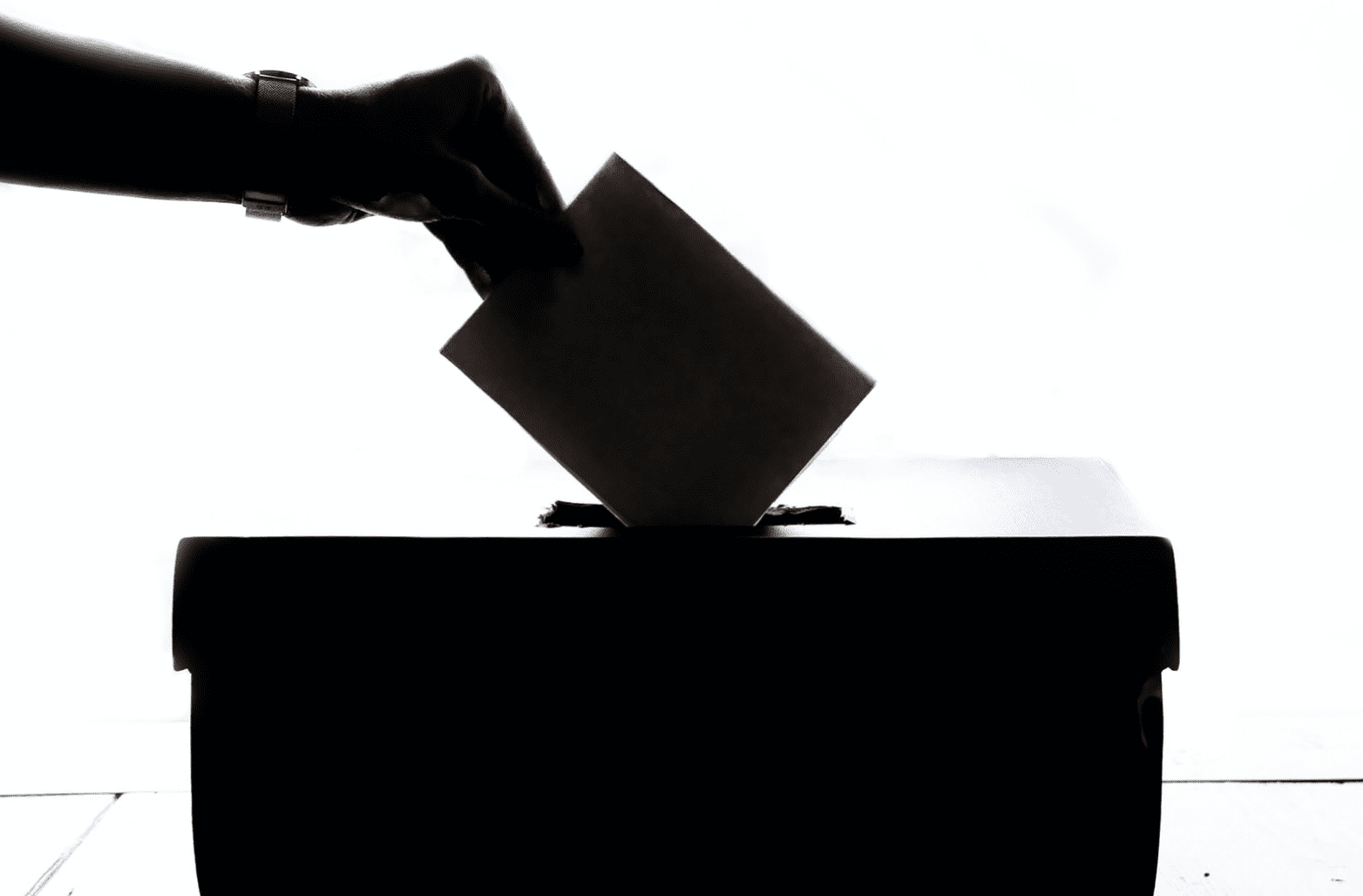In less than 10 weeks, Green Party of Canada members will elect their new leader.
Before you scoff and suggest the Greens are of minimal relevance to Canadian politics, we should acknowledge that the party's leadership contest could become important for three reasons. First, the Greens are enjoying unprecedented electoral success; second, the next federal general election shows signs of becoming a "hard-change" vote, albeit with both the ruling and main opposition parties in relative disarray; and third, the Greens are an especially leader-dominated party.
First, the Greens have never been more adept at electing candidates. Across Canada there are now 27 politicians in office who formally wear the Green label. These include a federal caucus that tripled in size last year, finally electing an MP other than Elizabeth May as well as finding success outside the stronghold of coastal British Columbia; the provincial Official Opposition with a caucus of eight MLAs in Prince Edward Island; three elected MLAs in British Columbia, who entered into a confidence-and-supply agreement with the NDP minority government; a caucus of three in New Brunswick; the first Ontario MPP, in a province that stubbornly rotates between red and blue; as well as 10 municipal politicians in Vancouver and Burnaby, who were the most popular candidates in Vancouver's 2018 city council, school board and park board elections.
Depending on who wins the federal Green leadership contest and how they resonate with the public, they could either accelerate the party's growth or inhibit its electoral results.
A second reason the new Green leader could disrupt Canada's party system is because a change in ideological direction for the party could intersect with electoral fortune. The next federal election, while possibly still years away, already exhibits some hallmarks of a "hard-change" contest, presenting a rare opportunity for the Greens.
Whenever the country's political winds shift and the Liberals are swept into power with a majority government, they are usually able to subsequently win a second majority, and often command several successive parliaments. For Trudeau to not only fail to earn unilateral command of the House of Commons again under a voting system geared to engineer artificial majorities, but to also lose the popular vote to a rival party, illustrates that confidence in the Grits has quickly wavered.
In particular, the Liberal government's $4.5B purchase of the Trans Mountain oil pipeline will cause many voters who prioritize climate change to consider altering their allegiance at the next election.
Although first ministers across the country are currently basking in a "pandemic boost" to their popularity ratings, such support is ephemeral and could be reduced to vapour by the next wave of elections. Liberal scandals continue to pile up. Meanwhile, Conservative support has slipped since last year's election; backing for outgoing leader Scheer is at its lowest level in years; and his two most likely successors have both embraced polarizing tactics, suggesting they may fail to win over the electorate unless they pivot dramatically after taking over the party and we saw how well that worked for former Ontario Progressive Conservative leader Patrick Brown. The NDP also appears to be spinning its wheels, offering an unprecedented chance for the Greens to exploit.
A third reason the Green leadership contest matters is because the small party tends to be especially dominated by its leader. It's inevitable that political parties reflect the ideology of their leadership, but the degree to which a leader's personal ideology is stamped onto a party is arguably much greater within the Greens. As such, a change in leader can cause a notable pivot in the party's dominant philosophy.
So who is running to become the Green leader, and how much of an ideological shift would they spark?
Perhaps the favourite candidate is Glen Murray, whose credentials include formerly serving as Ontario's environment minister, Winnipeg councillor and mayor, CEO of the Canadian Urban Institute, and executive director of the Pembina Institute. Murray differentiates himself as the only candidate who has won election to public office. He has explicitly stated that party policy would not change under his leadership.
Although openly gay, Murray put his foot in his mouth three months ago with a comment that the party is "past sexism, ageism and racism". Murray claimed that his comment was taken out of context, and offered a half-hearted apology when challenged. But if a leadership candidate from a party that generates relatively limited media interest can get into such trouble before coming to power, it might give party members pause.
The clear standout from TVO's televised debate in June was Dimitri Lascaris, who put in a far superior performance compared to the other candidates. The lawyer and former Green shadow justice minister proposes a hefty shift to the left for the party. Lascaris was the architect of the party's controversial Boycott, Divestment and Sanctions (BDS) policy that was replaced after Elizabeth May threatened to quit the party. And although Lascaris claims to be fluent in French, his campaign's social media presence has been almost entirely in English thus far, perhaps suggesting a lack of network-building.
If the Greens were to replace Elizabeth May with a male leader, Canada's five largest parties would all fall under the control of men. Annamie Paul, a Black human rights lawyer from Toronto, presents the best chance to keep the Greens under a female leader. Paul previously worked for the International Criminal Court and Canada's Mission to the European Union, and served as the Greens' international affairs shadow minister. Like Lascaris, Paul would readily move the party to the political left.
David Merner is perhaps a dark horse candidate for the Green leadership. Like Murray, Merner is a former Liberal. He came second in Esquimalt—Saanich—Sooke in last year's federal election, finishing ahead of the Conservative and Liberal candidates. Merner previously worked as a lawyer for the federal Department of Justice, the Privy Council Office, and the Ministry of Attorney General of British Columbia. He would likely usher in a moderate shift to the left.
Regardless of who wins, the next Green leader won't immediately have a seat in the House of Commons. To soften the transition, Elizabeth May will continue as the party's parliamentary leader. This scenario could lead to internal turbulence if May doesn't agree with the ideology of the party's next leader; a clash is most likely to come from a Lascaris leadership, although May and Paul could also potentially come to loggerheads over philosophy.
Perhaps the most pertinent question is whether a move to the political left would help or hinder the Greens. Unlike the 2015 election, in which a nascent centrist option came to power, the air is now slowly seeping from the Liberal government's balloon, leaving frustrated centrist voters looking for a new choice. With the Conservatives courting populism, a Green party that remains centrist could vacuum up both disaffected Liberals and former Progressive Conservatives.
On the other hand, with Trudeau a discredited saviour for wandering progressives and the NDP failing to gain traction thus far under Singh, perhaps a reinvigorated, left-wing Green party could inspire millennial voters like never before. Maritime provinces where the NDP is weak, particularly New Brunswick and Prince Edward Island, appear increasingly fertile ground.
Either way, with an enlarged caucus of MPs and an extra-parliamentary leader assuming responsibility for much of the work previously performed solely by Elizabeth May, the federal Greens will have more capacity than ever before and should be able to raise their profile accordingly. Regardless of how the leadership contest ends, opponents would be wise not to overlook this revitalized party.
Photo Credit: Element5 Digital








